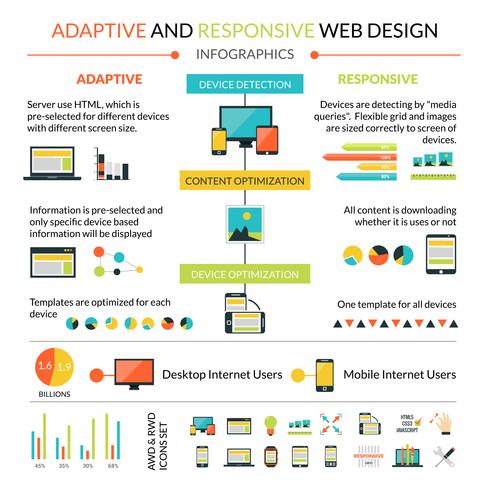Interested In Learning Just How Website Layout Has Developed? Take A Journey Via The Transformation
Interested In Learning Just How Website Layout Has Developed? Take A Journey Via The Transformation
Blog Article
Web Content Writer-Thorsen Clarke
In the past, internet sites were simple and concentrated on information. Navigating was direct, and layout was for desktop computers. Now, customer experience is key. Information guides designs for simple navigating. Receptive layouts fit various tools. Today, dark setting minimizes stress, and minimalist menus enhance navigating. Interactive attributes involve individuals, and strong visuals stand out. AI combination improves involvement. See just how style has actually advanced to boost your on-line journey.
Early Days of Web Design
In the very early days of website design, simpleness preponderated. Internet sites were fundamental, with restricted colors, font styles, and formats. The focus got on offering details instead of showy visuals. Individuals accessed the web with slow dial-up connections, so rate and capability were key.
Navigation menus were straightforward, typically located at the top or side of the web page. Websites were designed for computer, as mobile browsing wasn't yet widespread. Web content was king, and designers focused on easy readability over complex style components.
HTML was the key coding language used, and developers needed to work within its constraints. Animations and interactive attributes were marginal contrasted to today's standards. Websites were fixed, with little dynamic web content or personalized user experiences.
Surge of User-Focused Design
With the evolution of internet site style, a change in the direction of user-focused layout concepts has ended up being significantly noticeable. Today, producing web sites that focus on individual experience is crucial for engaging site visitors and achieving service objectives. User-focused style includes recognizing the requirements, choices, and behaviors of your target audience to customize the website's layout, content, and includes accordingly.
Designers now carry out detailed research, such as individual surveys and usability testing, to collect understandings and feedback directly from individuals. This data-driven technique assists in developing user-friendly navigation, clear calls-to-action, and aesthetically enticing user interfaces that reverberate with site visitors. By positioning the individual at the facility of the style procedure, web sites can provide a much more individualized and enjoyable experience.
Receptive style has actually additionally emerged as a key element of user-focused style, making certain that internet sites are enhanced for different gadgets and display sizes. This versatility enhances ease of access and functionality, accommodating the diverse methods users connect with sites today. Fundamentally, the surge of user-focused layout signifies a change in the direction of producing digital experiences that focus on the demands and expectations of completion user.
Modern Trends in Web Design
Discover the latest fads forming web design today. One noticeable trend is dark mode layout, using a streamlined and contemporary look while decreasing eye stress in low-light atmospheres. An additional key fad is minimalist navigation, simplifying menus and boosting individual experience by focusing on essential elements. Integrating micro-interactions, such as animated switches or scrolling effects, can develop a much more appealing and interactive web site. Receptive style remains essential, making sure smooth user experiences throughout various tools. Additionally, utilizing vibrant typography and unbalanced layouts can add aesthetic interest and accentuate specific material.
Incorporating AI innovation, like chatbots for consumer assistance or tailored suggestions, enhances individual engagement and improves procedures. have a peek here has likewise come to be a significant fad, with designers focusing on comprehensive layout techniques to cater to diverse individual demands. Accepting sustainability by maximizing site efficiency for rate and performance is one more arising pattern in web design. Teaming up with web content marketing and data analytics to repeat and improve style constantly is crucial for staying relevant in the ever-evolving digital landscape. By accepting these contemporary patterns, you can develop an aesthetically attractive, easy to use site that reverberates with your audience.
Final thought
As you review the evolution of site design from the early days to now, you can see just how user-focused design has ended up being the driving force behind modern-day fads.
Welcome the trip of change and adjustment in website design, always keeping the customer experience at the forefront.
Keep current with the current fads and technologies, and never ever stop advancing your method to produce visually stunning and user-friendly internet sites.
Develop, adapt, and develop - the future of website design remains in your hands.
